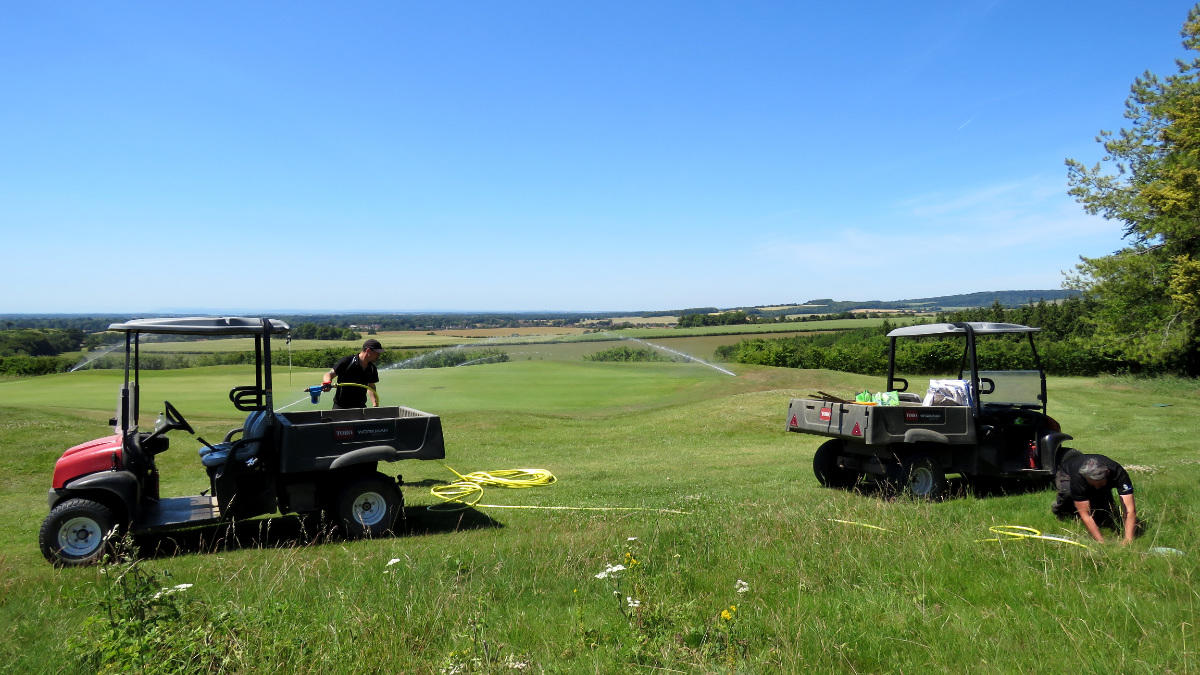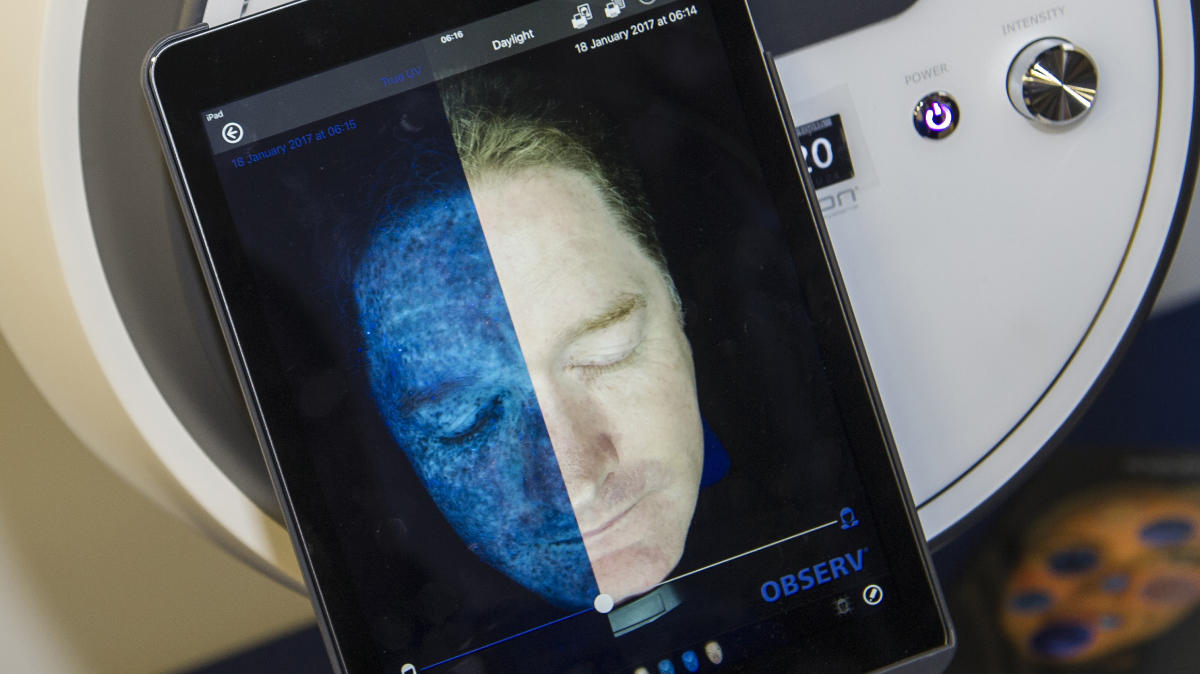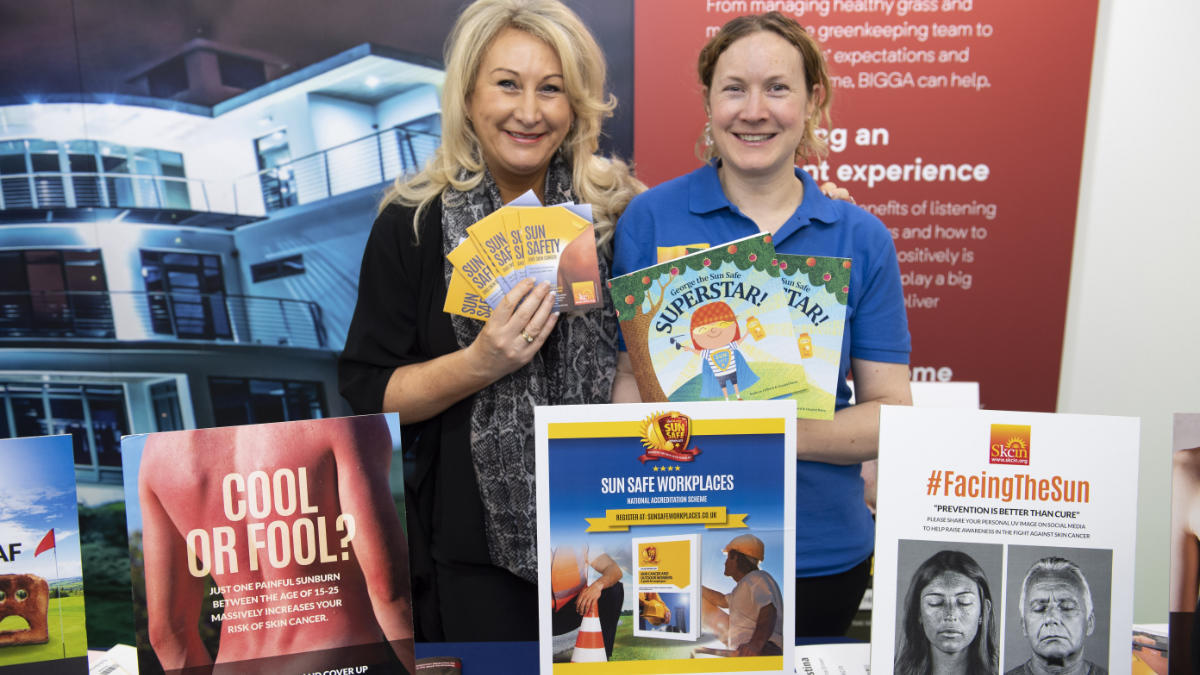- Homepage
- News and Features
- An employer's guide to skin cancer prevention
An employer's guide to skin cancer prevention

Skin cancer is widely recognised as an occupational disease that can occur from repeated and long-term exposure to UV, a known carcinogen.
When it comes to workplace health, prevention is far better than cure.
Skcin, the UK’s leading skin cancer charity dedicated to the prevention and early detection of the disease, runs a national accreditation programme called Sun Safe Workplaces. This helps employees fulfil their duty of care.
Skcin has outlined below their top tips to ensure that golf clubs keep their greeenstaff and other outdoor workers safe in the sunshine.
1. Understand your legal obligations
The Health and Safety at Work Act makes it clear that there is a legal duty on every employer to ensure, as far as reasonably practical, the health of their employees. It also says that employers must provide “information, instruction, training and supervision” to ensure their safety.
The Management of Health and Work Regulations also require the employer to conduct a suitable assessment of the risks to the health of their workforce. That includes the risks from UV radiation. The law also says that an employer has to remove any risk, or if that is not possible look at other ways of preventing or reducing exposure, including, as a last resort, the provision of protective equipment.
2. Implement a comprehensive sun protection programme
In consultation with health and safety representatives and employees, employers should identify solar UVR exposure hazards and introduce control measures to reduce exposure.
Employers should implement a sun protection programme that includes:
- Risk assessment: periodic assessment of the solar UVR exposure risk to employees.
- Sun protection control measures: the introduction and maintenance of protective measures.
- Training employees to work safely in the sun: the provision of information, instruction, training and supervision for employees.
- Sun protection policy: documentation of the programme, including control measures in a written policy.
- Monitoring programme effectiveness: a process to determine the effectiveness of control measures and identify changes that may further reduce exposure.

3. Assess the level of risk
Risk assessment is a step in the hazard management process used to identify employees who have a high risk of exposure to solar UVR and situations or work systems where high exposure to solar UVR occurs. This is an important step in identifying what measures need to be implemented to help reduce UV exposure and the associated level of risk.
These are the five steps to sun safety
4. Implement sun protection control measures
- Engineering controls: measures that reduce exposure to solar UVR by a physical change to the work environment
- Administrative controls: measures that reduce exposure to solar UVR by a change in the work procedure and the way work is organised.
- Personal protective equipment: clothing and sunscreen are measures that reduce exposure to solar UVR by providing a protection between workers and the hazard.
5. Train employees to work safely in the sun
Raising awareness is essential to the success of a workplace sun protection programme.
Further great work can be done in educating employees on the importance of checking their skin for signs of change and how to spot the early signs and symptoms of skin cancer.
Education is key to reducing the soaring rates of skin cancer and helps employees take charge of their own skin health.
Sign up for the Sun Safe Workplaces national accreditation programme If you would like access to comprehensive resources to help you implement all of the above, along with training and awareness materials for employees. Register with the programme and go through the steps outlined to complete your accreditation.

Five free awareness packs to give away
Skcin has five free awareness packs to give away to BIGGA members in the UK on a first-come first-served basis! Please email [email protected]
Packs can also be purchased from Skcin’s online resource shop for £32 including delivery within the UK only.
Working with the UK’s leading skin cancer charity Skcin, who are dedicated to the prevention and early detection of both melanoma and non-melanoma skin cancers, BIGGA is educating members on how to prevent skin cancer by adopting simple sun safe practices and urging them to swot up on skin surveillance by knowing their red flags when it comes to identifying suspicious lesions.
Skin cancer is the UK’s most common and fastest rising cancer, with over 210,000 cases of non-melanoma skin cancers diagnosed annually in the UK. Melanoma, the deadliest form of skin cancer, is now one of the biggest killing cancers in the 15-34 age group and according to Cancer Research UK, one in 36 males and one in 47 UK females will be diagnosed with melanoma during their lifetime.
UV radiation from the sun is a known carcinogen, damage is cumulative, irreparable and can result in serious consequences. Greenkeepers and golfers alike are at greater risk of developing skin cancer due to the amount of time spent exposed to UV, particularly if they are not adequately protected.
It doesn’t have to be a hot, sunny day for UV to cause skin damage either. UV radiation cannot be seen or felt, it is not related to temperature, it can penetrate cloud cover and cause DNA damage to our skin cells, that can lead to the development of skin cancer.
The good news is, skin cancer is almost entirely preventable and if spotted early enough it is almost always treatable and curable. That’s why Skcin and BIGGA have worked together to produce quality awareness resources providing greenkeepers and golfers alike with a striking visual reminder of the importance of prevention and early detection with access to quality information to help of the importance of prevention and early detection with access to quality information to help them take charge of their own skin health and surveillance.
The awareness pack contains two sturdy A2 strut cards that can be wall-mounted or table top displayed and 200 copies of Skcin’s Sun Safety and Skin Cancer Awareness booklets containing a wealth of information on: the risks associated with UV exposure; how to prevent skin cancer by adopting simple sun safe strategies; and how to detect the early signs and symptoms of both melanoma and non-melanoma skin cancers.
These are the five steps to sun safety
Author

